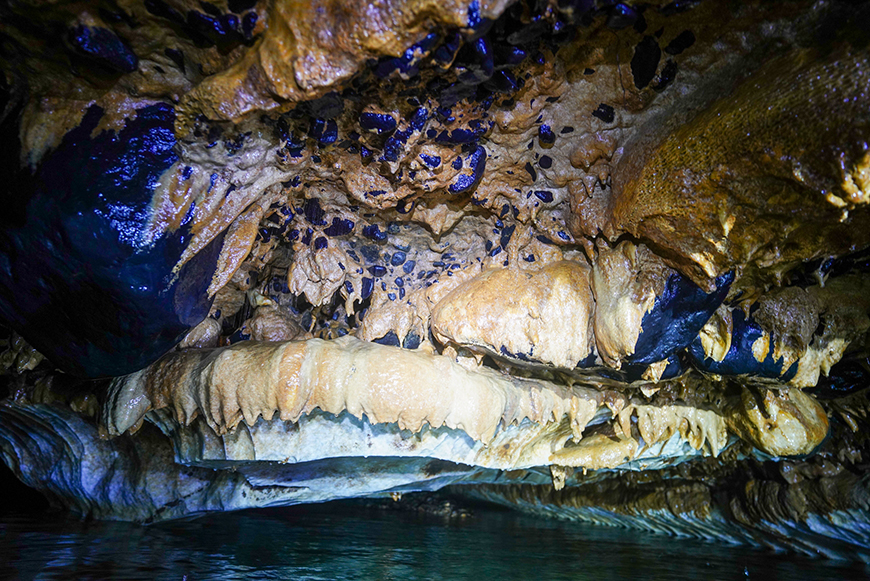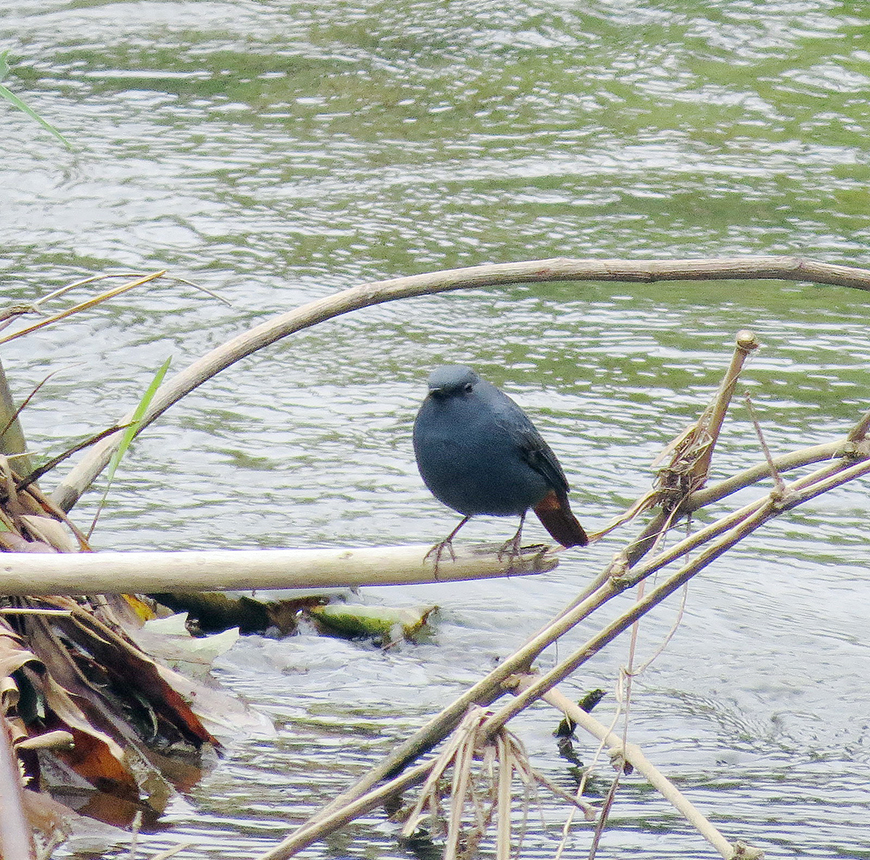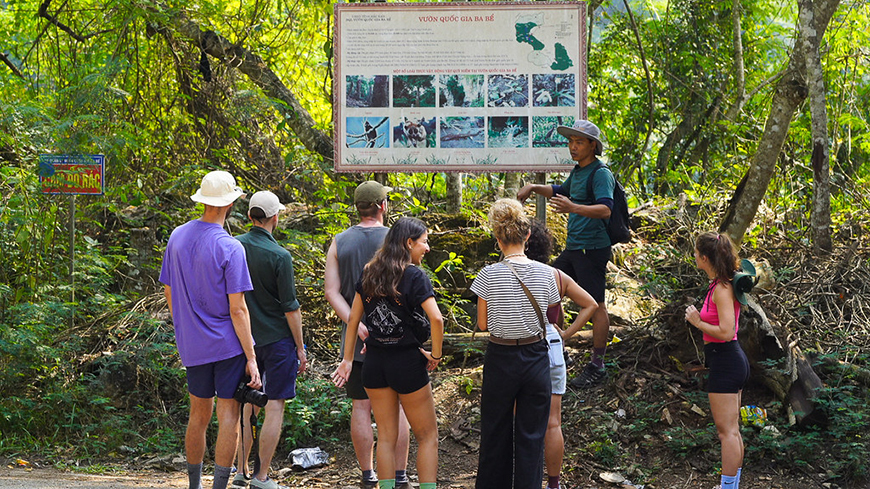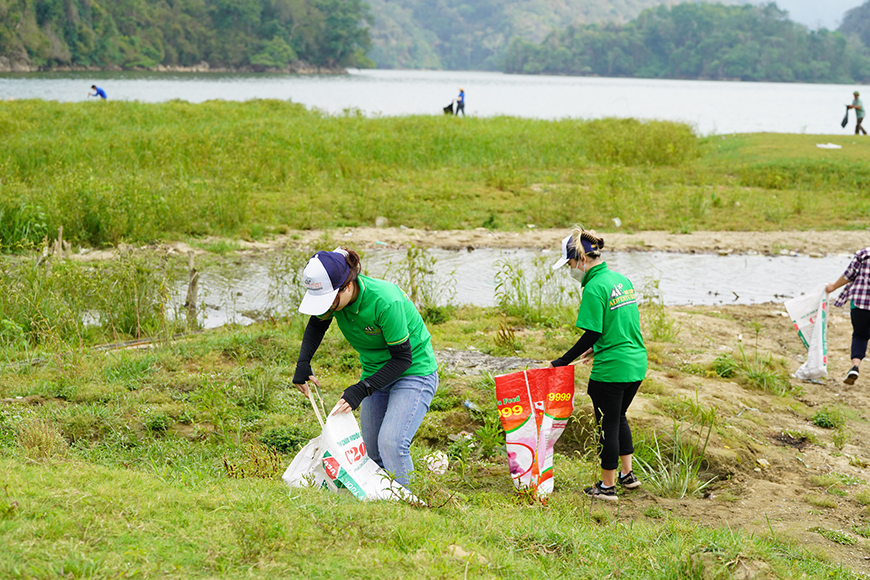Located in the Bac Kan province in northern Vietnam, Ba Be National Park is a must-visit destination for nature enthusiasts. Famous for its namesake lake, this park is home to exceptional biodiversity and stunning landscapes. In order to preserve this natural gem, the park has committed to sustainable tourism, closely involving local communities and minimizing environmental impact.
In this article, we will explore the ethical and sustainable initiatives that make Ba Be an exemplary model. We will also highlight local initiatives and best practices for visitors.

Peaceful local life in Ba Be National Park - Source : Mr Linh's Adventures
Sustainable tourism, a respectful approach
Sustainable tourism aims to consider the economic, social, and environmental impacts, while meeting the needs of visitors, the industry, the environment, and host communities. This form of tourism, promoted by the World Tourism Organization, has emerged as a responsible alternative for preserving natural resources. To quote the World Tourism Organization (WTO), it is about "fully taking into account current and future economic, social, and environmental impacts, while meeting the needs of visitors, the industry, the environment, and host communities."
An exceptional ecosystem to protect
Established in 1992, Ba Be National Park covers over 7,600 hectares and is home to the largest natural freshwater lake in Vietnam. Recognized for its exceptional biodiversity, with over 1,200 plant species, 81 mammal species, 322 bird species, and 106 fish species, the park implements various conservation measures.

Incredible cave system in Ba Be National Park - Source : Mr Linh's Adventures
Conservation Zones
At Ba Be National Park, environmental protection is a top priority. Strict measures are implemented to preserve natural habitats and ensure the safe reproduction of endangered species. Certain areas of the park are specially designated and closed to the public during certain periods to allow for ecosystem regeneration and the reproduction of sensitive species.
It is not only the park itself that is committed to conservation, but also a multitude of non-governmental organizations (NGOs) collaborating with Ba Be National Park. Together, they implement innovative conservation projects. Their goal is to protect endangered species, restore degraded habitats, and raise awareness among the local population about the crucial importance of conservation.
These partnerships between the national park and NGOs are essential to ensure the long-term sustainability of biodiversity in the region. Thanks to these initiatives, significant progress has been made in protecting fragile ecosystems and preserving endangered species.
As emphasized by a member of the Ba Be National Park team, "Nature conservation is a shared responsibility. By working together, we can preserve the beauty and richness of our natural environment for future generations."

Exceptional Biodiversity of Ba Be National Park - Source : Mr Linh's Adventures
Surveillance and research
Teams of researchers and forest rangers continuously monitor wildlife and flora, collecting crucial data for conservation efforts. These efforts include monitoring animal populations through camera traps and conducting research on endemic plants.
And here's an interesting piece of information! The villagers of Bo Lu, located near Ba Be National Park, play an active role in nature preservation. They participate in community patrols to monitor langur habitats, an endangered species of monkeys, and report any poaching activities to park authorities. Their commitment and participation demonstrate a strong connection between the local community and wildlife conservation.
Reforestation programs
Reforestation initiatives are underway, aiming to increase tree density and preserve soil health.
Collaborative projects with local and international NGOs have been established to successfully carry out these reforestation initiatives. Each year, thousands of native trees are planted, contributing to the restoration of degraded ecosystems and the preservation of biodiversity.
But that's not all. The village of Coc Toc, located near Ba Be Lake, has also embarked on a reforestation initiative in collaboration with a local NGO. Together, they work hand in hand to plant native trees and restore deforested areas.

Rain-forests must be preserved - Source : Mr Linh's Adventures
Support for local communities
Local communities in Ba Be National Park play a crucial role in the development of sustainable tourism. These communities are mainly composed of ethnic minorities such as the Tay, Dao, and Hmong, who possess a rich culture and unique traditions.
Several initiatives have been implemented to create a balance between tourism development and the preservation of cultural traditions in local communities. The goal is to improve their quality of life while allowing them to maintain their cultural identity.
For example, training programs are offered to community members to develop their skills in tourism and visitor hospitality. This provides them with new economic opportunities while preserving their traditional ways of life.
Additionally, homestays have been developed, allowing travelers to stay with local families and experience firsthand the daily life of the local communities. This enables visitors to appreciate the culture, customs, and local cuisine while directly contributing to the local economy.
These sustainable tourism initiatives are beneficial for both the local communities and the visitors. They promote authentic cultural exchange, mutual understanding, and respect.

Teaching for Preserving - Source : Mr Linh's Adventures
Simple Actions for Visitors
When we visit Ba Be National Park, we all have a role to play in its preservation. There are simple actions that visitors can take to contribute to the protection of this precious ecosystem.
Firstly, it is essential to respect the park's fauna and flora. This means avoiding disturbing wildlife and refraining from picking or damaging plants and flowers. By respecting these rules, we allow species to live in harmony in their natural habitat.
Choosing eco-friendly accommodations is another way to support the park's preservation. Opting for establishments that adopt environmentally friendly practices, such as waste management, the use of renewable energy sources, and water conservation, helps reduce our ecological footprint.
Participating in conservation activities organized by Ba Be National Park is also an excellent way to get involved. These activities can include reforestation, trail cleaning, or visitor awareness about the importance of environmental preservation. By participating, we demonstrate our commitment to safeguarding this unique ecosystem.
Last but not least, raising awareness among our circles about the issues of sustainable tourism is a powerful action. By sharing our positive experiences and explaining the benefits of traveling responsibly, we inspire others to adopt environmentally friendly behaviors during their travels.

Clean Up Day in Ba Be National Park - Source : Mr Linh's Adventures
Conclusion
Thanks to its sustainable tourism initiatives,
Ba Be National Park stands as a model for responsible and ethical tourism. By closely involving local communities, the park creates a positive dynamic where residents feel valued and responsible for the preservation of their environment. This
participatory approach preserves cultural traditions while offering sustainable economic opportunities. Furthermore, raising visitor awareness about the importance of preserving the park's fauna and flora is crucial. By adopting simple actions, visitors directly contribute to the preservation of this natural gem.
By
visiting Ba Be National Park, not only will you have the opportunity to discover breathtaking nature and exceptional biodiversity, but you will also be an integral part of preserving this unique ecosystem. Your visit will have a positive impact on local communities and the preservation of the region.
Sources :
Vietnam Tourism Board
Vietnam Travel – An introduction to sustainable travel
Tourism for Sustainable Development. UNWTO